Brown University commissioned a study of its own historical connection to the Atlantic slave trade a few years ago. According to the report, the Brown family, the wealthy Rhode Island merchants who named the university, were “not major slave traders, but they were not strangers to the business either.”
So you’d think Brown — or the College of Rhode Island, as it was known back then — would be prominently featured in Craig Steven Wilder’s new book Ebony & Ivy: Race, Slavery, and the Troubled History of America’s Universities. In addition to Brown, Harvard, Princeton, Columbia, Yale, Dartmouth, Pennsylvania, and William and Mary are all represented.
Wilder, the chair of the history department at the Massachusetts Institute of Technology, had plenty to work with.
In the book, Wilder writes, “the academy never stood apart from American slavery.” “In fact, it stood alongside church and state as the third pillar of a bondage-based civilization.”
Those early colleges, on the other hand, made a point of reaching out to wealthy families in the Caribbean, where there were few colleges and universities.
“Just before the Revolution, John Witherspoon, the president of Princeton, sent a missive to the West Indians promising that their sons would be safer in New Jersey than in England, where notorious and mean-spirited men preyed on wealthy boys in the West Indies.” In New Jersey, however, they would be protected and cared for, catered to, and transformed into responsible citizens.” Wilder tells All Things Considered host Robert Siegel.
Wilder used a flyer published by the New-York Post Boy and Weekly Gazette to announce the swearing-in ceremony for the trustees of King’s College, which would later become Columbia University, to demonstrate how deeply ingrained slavery was in the 18th-century academy.
The flier’s advertisement stated:
“Two possible Negro boys and a girl to be sold.” Inquire with William Griffith, who lives opposite Beekman Slip.”
Wilder contends that the academy was also central to the development of scientific racism, or pseudoscience intended to establish the provable inferiority of certain racial groups as a pretext for enslavement.
Because of their close contact with Native Americans and Africans, American farmers would leave to study in Europe, and they would be regarded as experts on them. These individuals delivered lectures and dissertations on the physical and mental inferiority of these various groups.
“In his lifetime, Thomas Jefferson grows on his father’s plantation, which sits right on the border of Indian Country,” Wilder writes. “And so Native people are actually passing through that region all the time,” Wilder said of Jefferson, who attended William and Mary before establishing the University of Virginia. “He grows up on slave plantations, and as an adult, he emerges as someone who is constantly writing about and thinking about the physical and mental characteristics of Native Americans and Africans, and he exports a lot of that knowledge to Europe and shares it with intellectual friends all over the world.”
However, their attitudes toward slavery were not clearly pro- or anti-slavery. Honorary degrees were conferred on both a slave owner and an abolitionist at an early Yale event.
“There were some real issues with this,” Wilder tells Siegel. “There were many people on campus who were vehemently opposed to the expansion of the slave trade and slavery.” However, they lost that battle in part due to the emerging intellectual defense of slavery based on racial science.
“The perverse irony is that they are defeated by a body of ideas emerging on campus,” Wilder says.
A group of slave traders at what is now Columbia University established a medal to be awarded to the author of the best anti-slavery essay.
Slavery has long been absent from official histories of Northern universities. Early on, these histories included caricatures of the black slaves on campus. “You can actually make their presence unremarkable by dehumanizing them,” Wilder said. “They were barbaric figures that no one needed to take seriously, through a kind of comedy and lampooning.”
This article was originally published on Samepassage.org
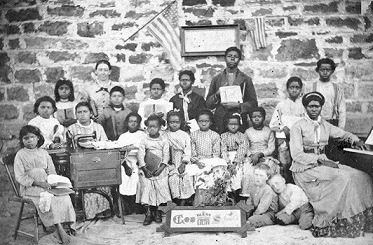
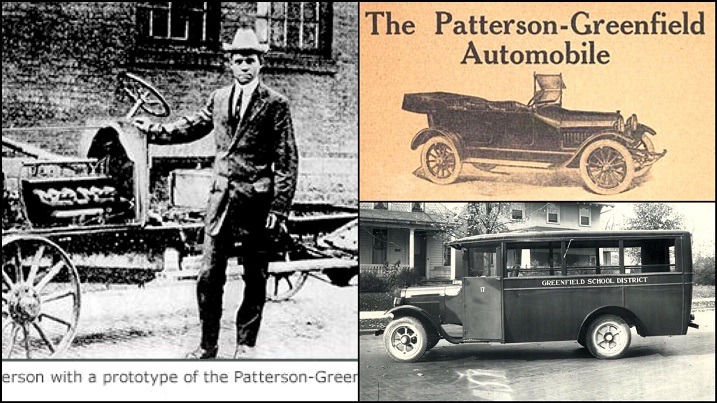
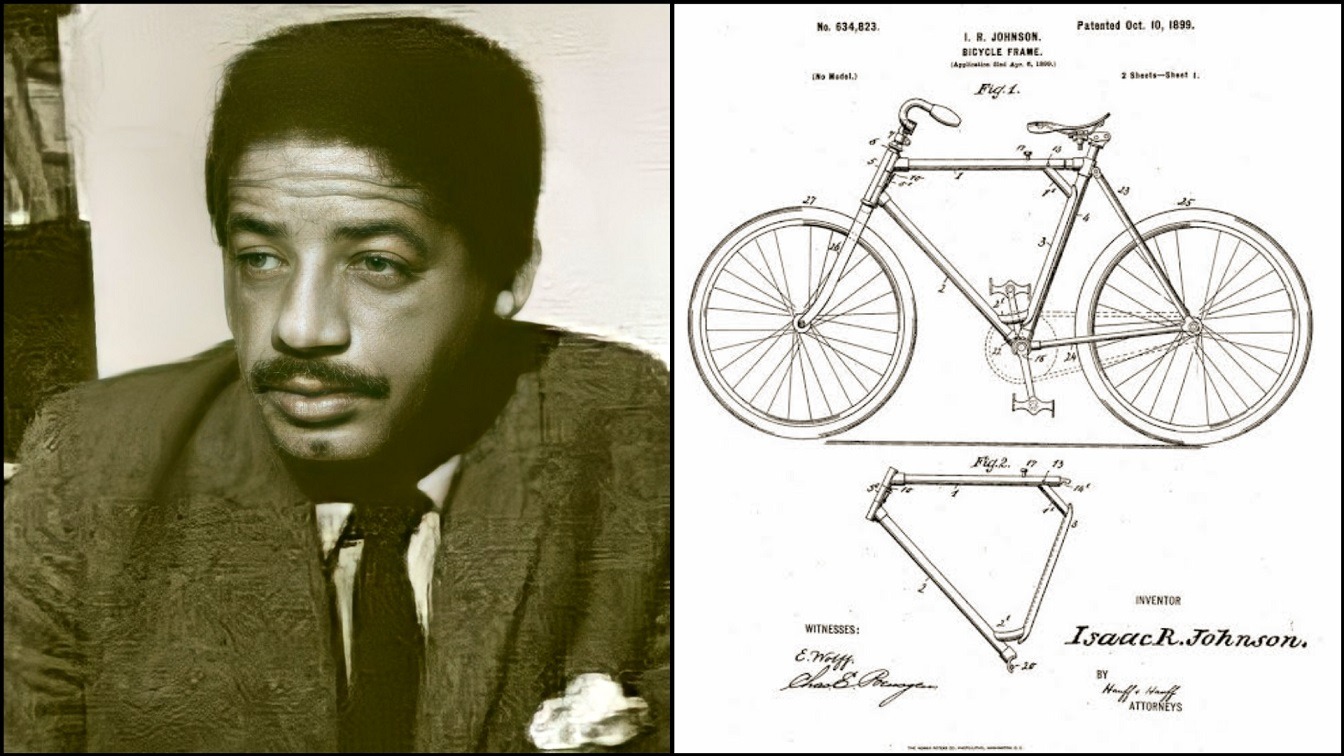
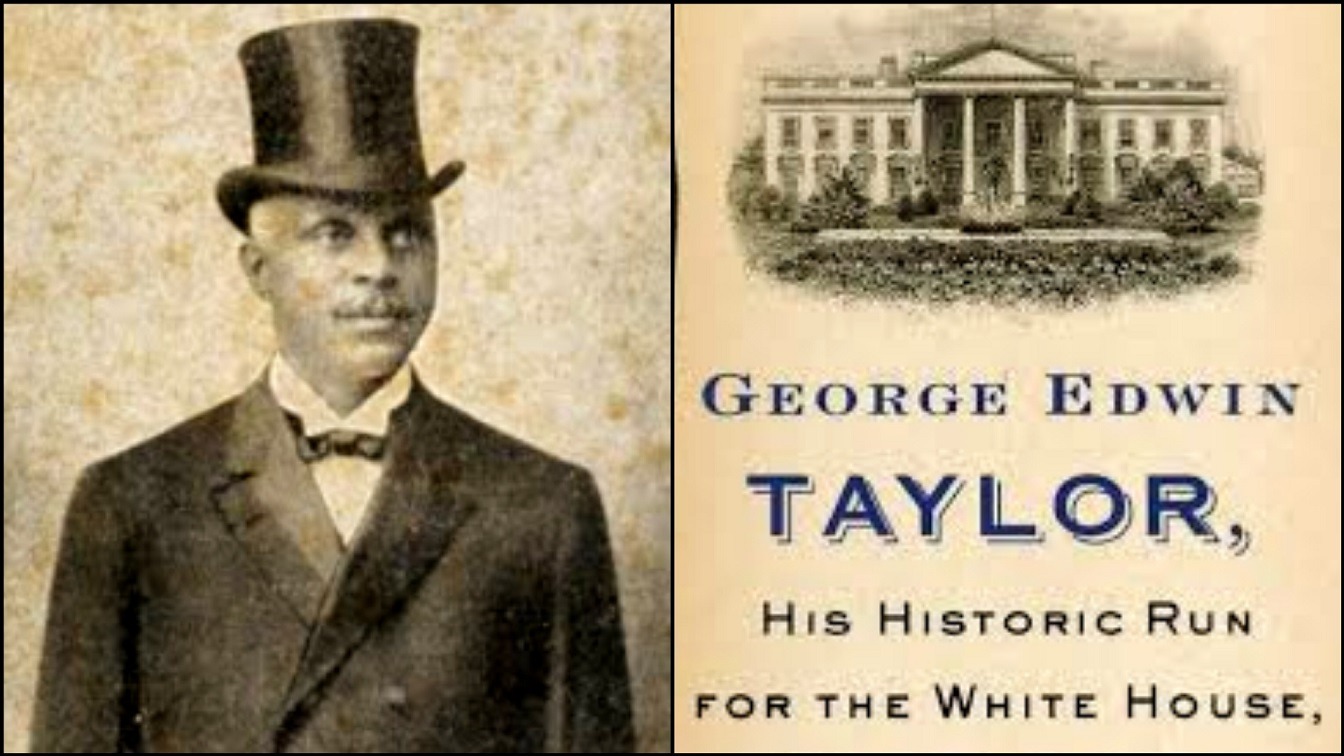
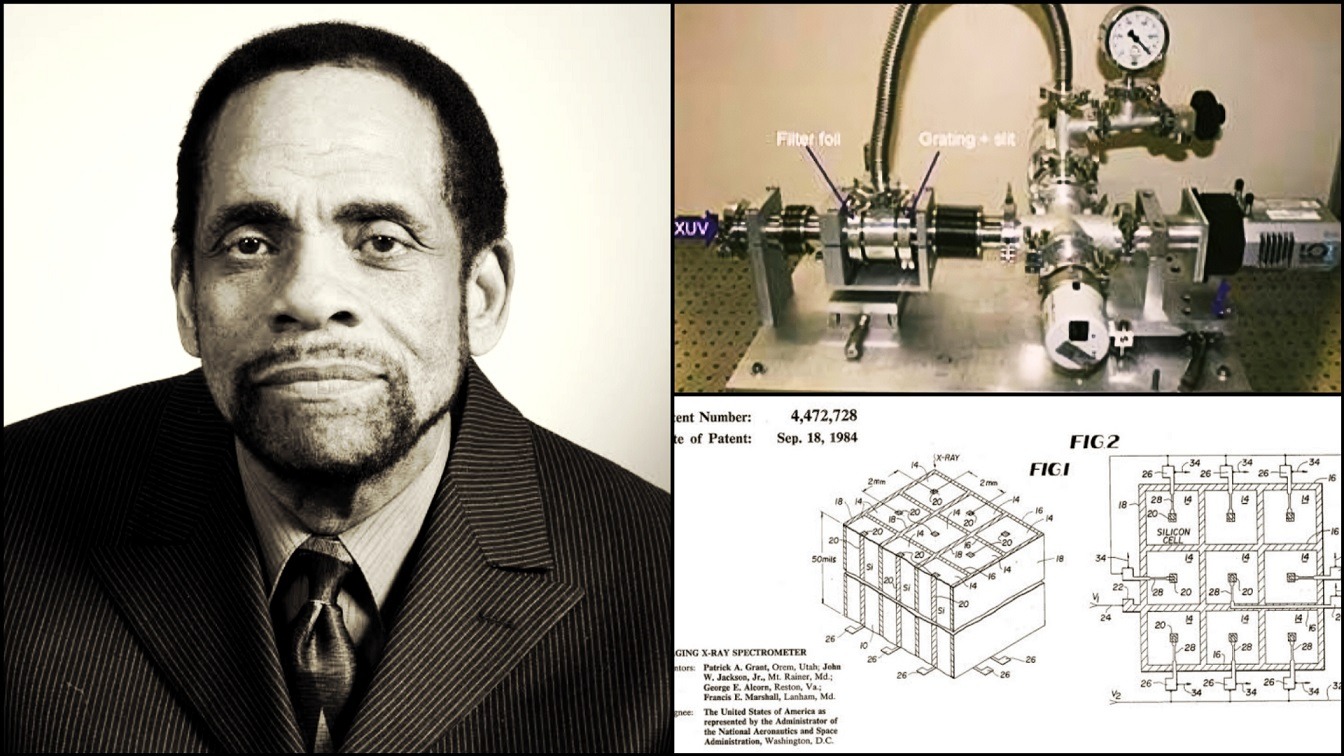
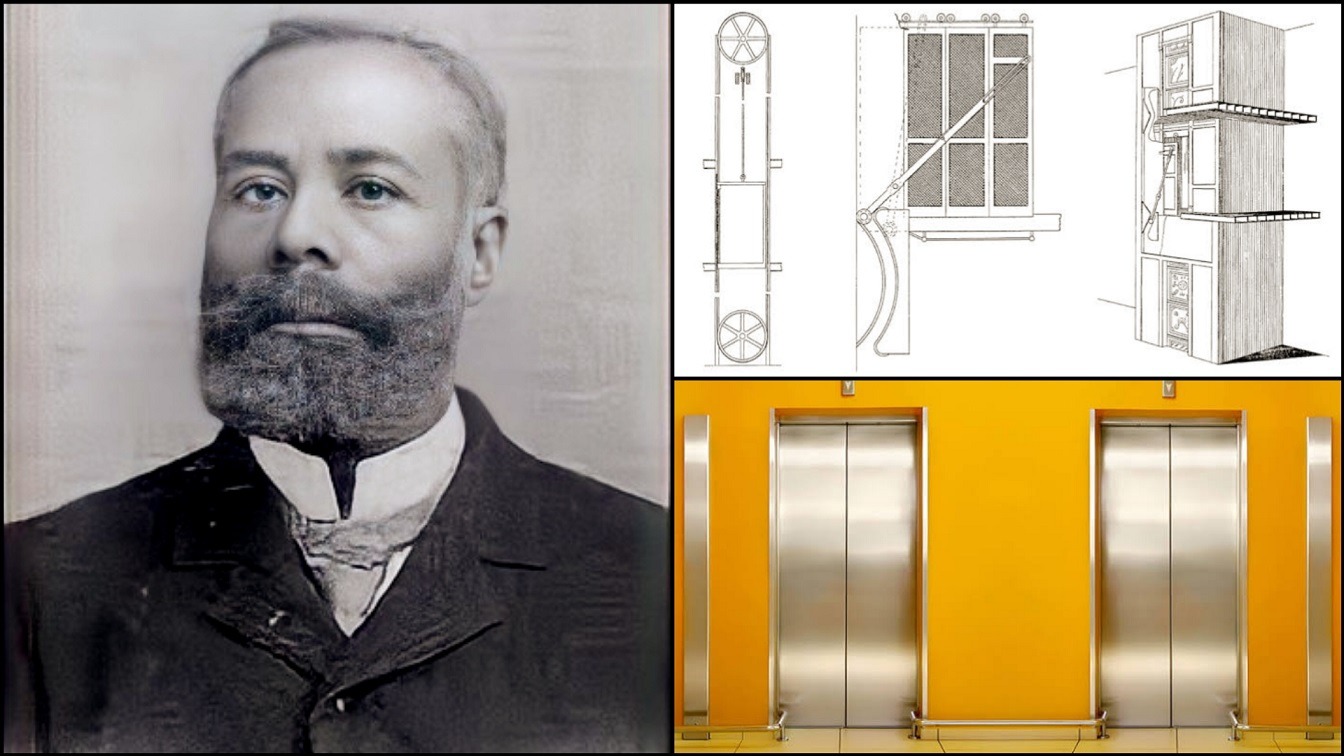
![Black Man Who Designed Washinton DC and Invented The Clock [Benjamin Banneker]](https://libertywritersafrica.com/wp-content/uploads/2022/01/Black-Man-Who-Designed-Washinton-DC-and-Invented-The-Clock-Benjamin-Banneker.jpg)